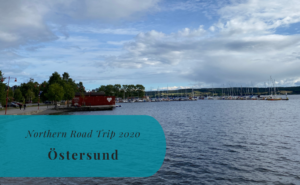Along the Dalälven River is the locality of Älvkarleby, a place famous for its sport fishing and large hydroelectric power plant. Älvkarleby was once the center of the local parish, that shares its name. This was once a part of the historical land known as Roden, a folkland that was a part of the province of Uppland. Today it belongs to Älvkarleby Municipality and Uppsala county and has around 1500 inhabitants. Even though it shares the name with the municipality it is not the seat of the municipality. This is instead the locality of Skjutskär.



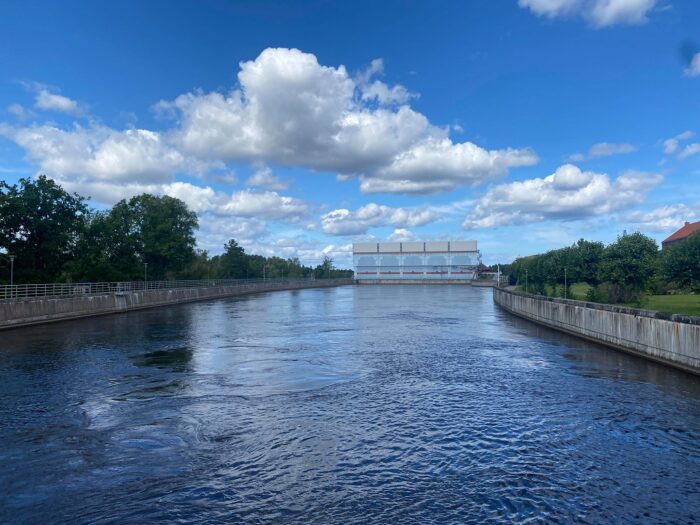
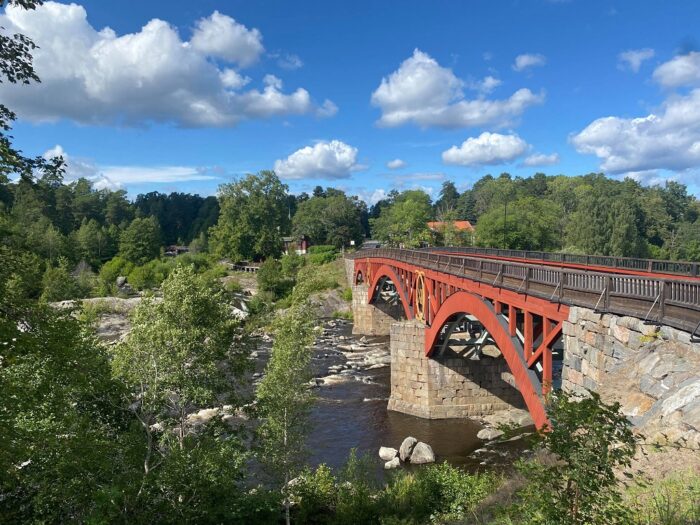
A Short History of Älvkarleby
Älvkarleby was first mentioned back in the 12th century. The fishing of salmon has played an important role in the history of Älvkarleby. Documents tell of the fishing rights of two monasteries, first Julita and later Viby. The fishing of salmon has been at the center of many conflicts with settlements upstream, but also locally. With the reformation in the 16th century, the Swedish King Gustav Vasa confiscated the fishing rights in one of the streams to the Swedish Crown. There is today no commercial fishing in the river, but it is a popular spot for sport fishing.
Parts of the engineering corps of the Swedish armed forces established in 1880 a camp on Laxön, an island in the middle of the river. Their presence on the island meant the construction of a bridge and they remained here until 1985. The military presence continued until 1997.
Vattenfallsstyrelsen, today Vattenfall, opened in the early 20th century their first hydroelectric power plant in Trollhättan. It was soon followed by one in Porjus and in 1915 a plant opened in Älvkarleby. The power plant has since been both replaced and expanded. Earlier industrialization had included a sawmill that opened in the 16th century and saw its final end in 1868.





Things to Do and See
Fishing, hiking, and cycling are just a few of the activities available along the Dalälven River. There is a rich and long history in the area and many places to explore. It is probably nature that attracts most visitors to Älvkarleby.
Carl XIII’s Bridge
A bridge across the Dalälven River was built already in 1796. It did, however, only survive until 1804 when it was torn apart by the spring floods. In 1816, a new bridge replaced the old one and it was named after King Carl XIII. It saw a major reconstruction in the 1950s.
Sport Fishing
Sport Fishing is what puts Älvkarleby on the tourist maps. The main catches are salmon and trout, but there is also perch, pike, and zander. The fishing area includes the whole river, but its main part is from the falls to the mouth of the river.
Gammelgården
Gammelgården, the old homestead, was opened in 1930. It is a cultural center for the locality and acts in many ways as the home for the local heritage. It is a collection of buildings from the area, which usually dates back to the 18th and 19th centuries. This is also where the local midsummer celebrations take place, with a midsummer pole inspired by the ones found on the Åland Islands.
Laxön
Laxön is an island in the middle of the river. It was once the home of the engineering corps of the Swedish Armed Forces. Today it is home to cafés, galleries, and handicrafts. In addition, it is one of the places with the easiest access to all the activities that the river has to offer.
Hiking: Kungarnas Promenad
There are several hiking paths along the river and especially in the area of the falls. One of these is Kungarnas Promenad or the Walk of the Kings. It actually consists of three different routes, the shortest being around 2.5 kilometers long.
Cycling
There are several cycling routes in the municipality and especially in and around Älvkarleby. There are shorter routes, such as around the locality itself that is just over four kilometers long. Then there are the longer routes that take you several kilometers away. The possibilities are close to endless.
Älvkarleby Hydroelectric Power Station
The hydroelectric power station is one of the oldest in Sweden. The construction of the older parts began in 1911 and was completed in 1917. The old power station has since been upgraded and a new hydroelectric power station was completed next to the old one in 1991. The fall height is 23 meters and there is an annual production of 530 GWh. For visitors, it is hard not to notice the large constructions and the mostly dry riverbed below the falls.
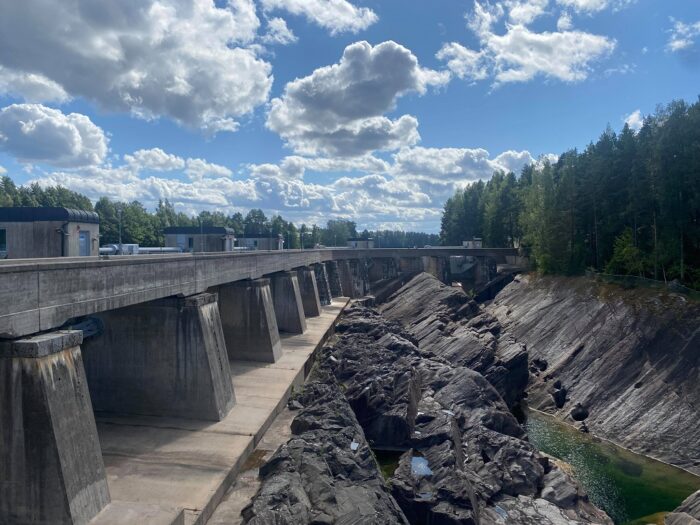
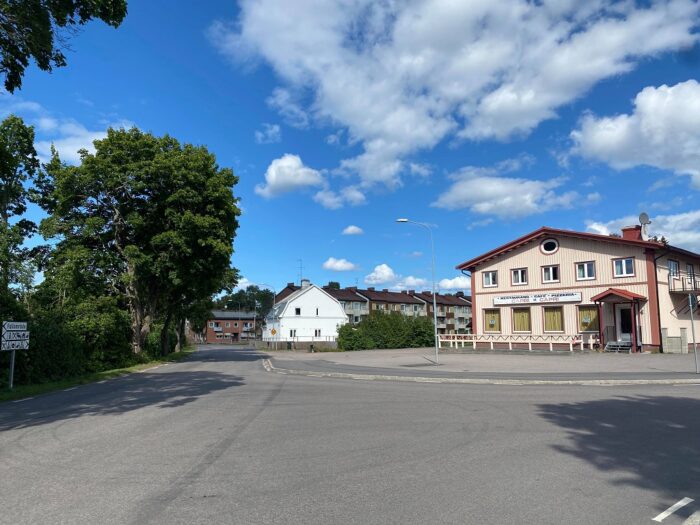
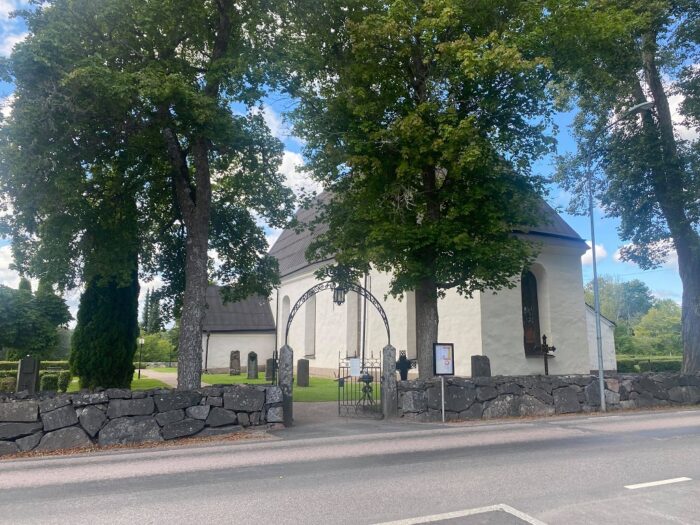


How to Get to Älvkarleby
- Flights: The closest major airport is Stockholm-Arlanda Airport, 116 kilometers away with both domestic and international flights.
- Car: Älvkarleby is along road 76 between Gävle and Karlholmsbruk.
- Bus: Local and regional UL buses connect Älvkarleby with the surrounding region.
- Train: Upptåget has train connections to and from Gävle and Uppsala.
The driving distance from 5 major Swedish cities, according to Google Maps:
- Stockholm – 152 kilometers (1 h 51 min)
- Gothenburg – 617 kilometers (6 h 16 min)
- Malmö – 761 kilometers (7 h 35 min)
- Linköping – 348 kilometers (3 h 54 min)
- Kiruna – 1102 kilometers (12 h 35 min)
Find out more about other destinations in Sweden by visiting our page Exploring Sweden


